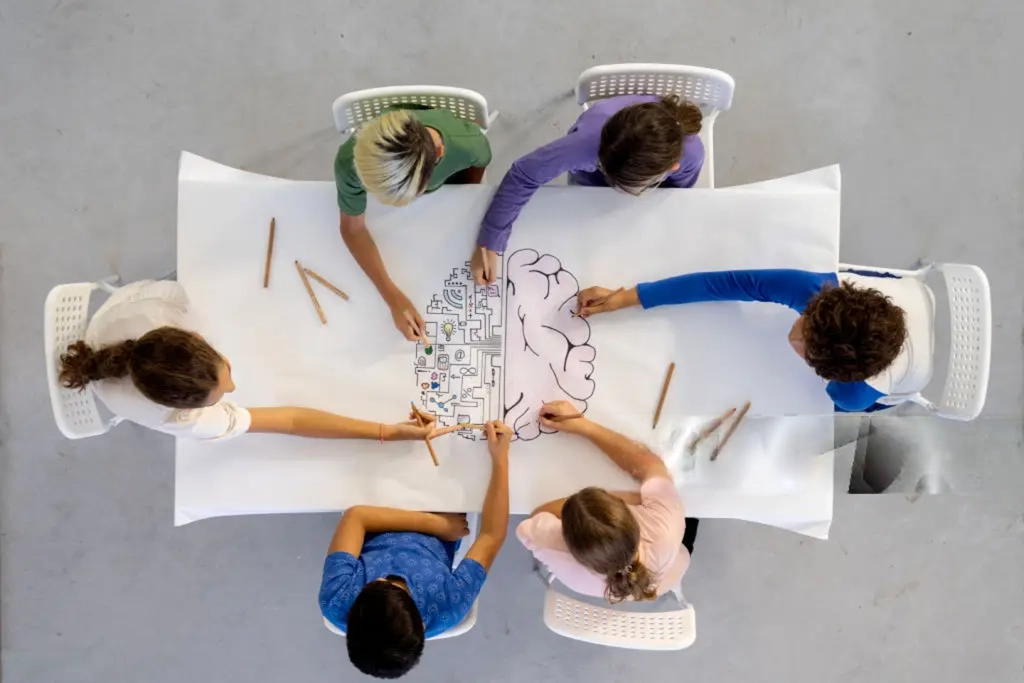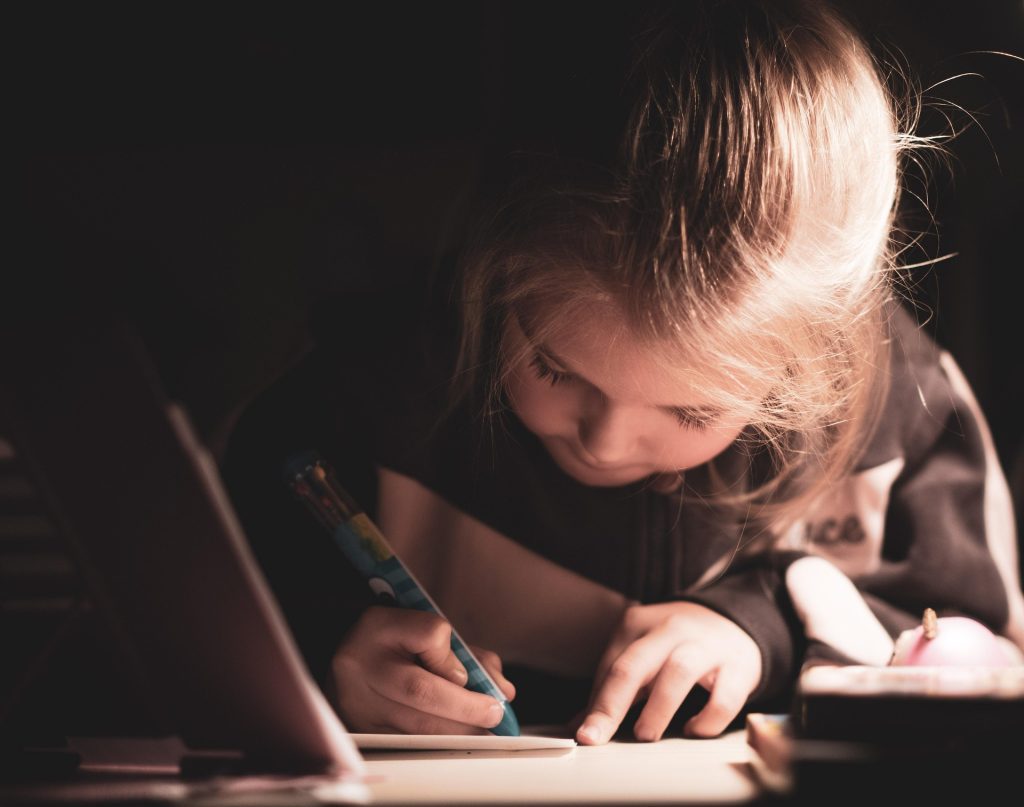In the earliest years of life, a child’s mind is extraordinarily absorbent—soaking in the world through observation, touch, movement, and interaction. But this learning doesn’t happen in chaos. It blossoms in an intentional space—a space where freedom is balanced with structure, curiosity is nurtured, and independence is the ultimate goal. This is the heart of the Montessori prepared environment.
Dr. Maria Montessori revolutionized education by designing environments that support the natural developmental path of children. The philosophy recognizes that children are not empty vessels to be filled, but individuals with an innate desire to learn, grow, and explore. The environment, then, becomes a silent teacher—carefully arranged to encourage responsibility, concentration, and joy in learning.
What is a Prepared Environment for Crafting an Independent Learners?
A Montessori prepared environment refers to a thoughtfully designed space that meets the developmental needs of children at each stage of growth. Unlike traditional classrooms with fixed desks and rigid schedules, the Montessori environment is flexible, beautiful, and purposeful.
Its key features include:
- Freedom within limits
- Order and accessibility
- Child-sized furniture and materials
- Aesthetic simplicity
- Real-world tools and activities
These elements allow children to move freely, choose activities that interest them, and engage in meaningful, hands-on learning—leading to self-discipline, focus, and independence.
The Six Principles of a Montessori Prepared Environment
- Freedom
Children are free to move, explore, and choose work based on interest and readiness. This fosters decision-making, responsibility, and intrinsic motivation. - Structure and Order
While freedom is key, so is structure. Materials are organized logically, and routines are consistent. This gives children a sense of predictability and emotional security. - Beauty and Simplicity
A clutter-free, aesthetically pleasing environment calms the mind and invites focus. Neutral colors, natural light, and open space allow materials and actions to shine. - Nature and Reality
Montessori materials are made of natural elements like wood, metal, and fabric. Activities are grounded in real-life skills and experiences, promoting a deeper connection to the world. - Social Environment
Multi-age classrooms encourage mentorship, cooperation, and peer learning. Children learn to communicate, collaborate, and coexist respectfully. - Intellectual Environment
The environment supports exploration across subjects—language, math, science, culture—using sensory-based, hands-on materials that build abstract thinking from concrete understanding.
Transformative Benefits for the Child
1. Development of Independence
Children learn to make choices, initiate activities, and solve problems on their own. Whether it’s pouring water, arranging flowers, or completing a math task, they develop confidence in their abilities.
2. Improved Focus and Concentration
The design of the environment reduces distractions and allows deep engagement with work. Montessori children often display longer attention spans and intrinsic motivation.
3. Emotional Regulation
Freedom balanced with gentle guidance teaches children to manage their impulses, express emotions respectfully, and adapt to change.
4. Social Skills and Empathy
Interacting with peers of varying ages encourages cooperation, patience, and conflict resolution. Older children learn leadership; younger ones gain role models.
5. Ownership of Learning
When children choose their work and are respected as capable, they take pride in their achievements. This self-directed learning nurtures lifelong curiosity and initiative.
Role of the Adult in the Prepared Environment
The adult—called a Montessori guide—does not dominate but observes, facilitates, and prepares the environment to meet evolving needs. The adult:
- Respects each child’s pace
- Introduces materials based on readiness
- Models grace, courtesy, and order
- Intervenes minimally but meaningfully
This guidance fosters a relationship of trust and empowerment, where children feel seen, heard, and supported.
Real-Life Applications of the Prepared Environment
In Schools:
- Montessori classrooms for toddlers, primary (3–6), and elementary are designed to support independence at every age.
- Materials like Pink Tower, Sandpaper Letters, and Moveable Alphabet are accessible and self-correcting.
At Home:
- Low shelves, real tools, and routine charts encourage autonomy.
- Children can help with cooking, cleaning, and dressing using child-appropriate items and steps.
Adapting to Different Ages
Infants (0–18 months):
Focus on movement, safety, and sensory exploration. A floor bed, mobiles, and soft natural lighting create a peaceful start.
Toddlers (18 months–3 years):
Support gross motor development and language through movement, object permanence activities, and real-life tasks like sweeping and food prep.
Primary (3–6 years):
Introduce purposeful work with clear beginnings, middles, and ends. Sensorial and practical life activities lay the foundation for academic learning.
Inclusivity and Adaptability
Montessori environments can be adapted for children with diverse needs:
- Visual or tactile cues for neurodiverse learners
- Step-by-step task cards
- Quiet corners for sensory regulation
- Peer mentorship for guided support
The underlying message remains the same: every child is capable.
Conclusion
A Montessori prepared environment is much more than an arrangement of beautiful materials—it is an ecosystem of respect, freedom, and potential. It lays the foundation for independent thinking, emotional strength, and compassionate living.
When children are trusted with responsibility, offered choice, and surrounded by calm and purpose, they don’t just learn—they thrive.


